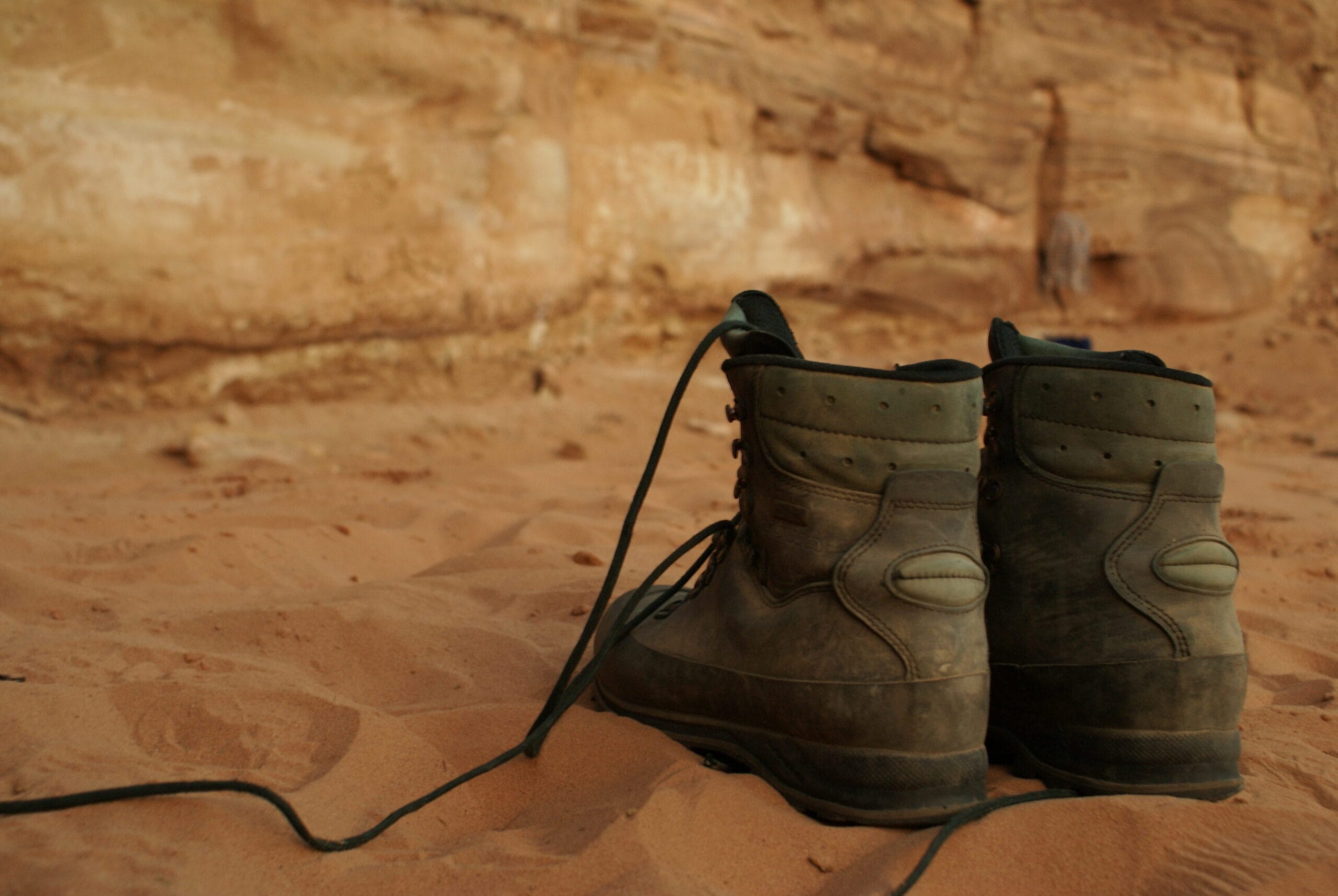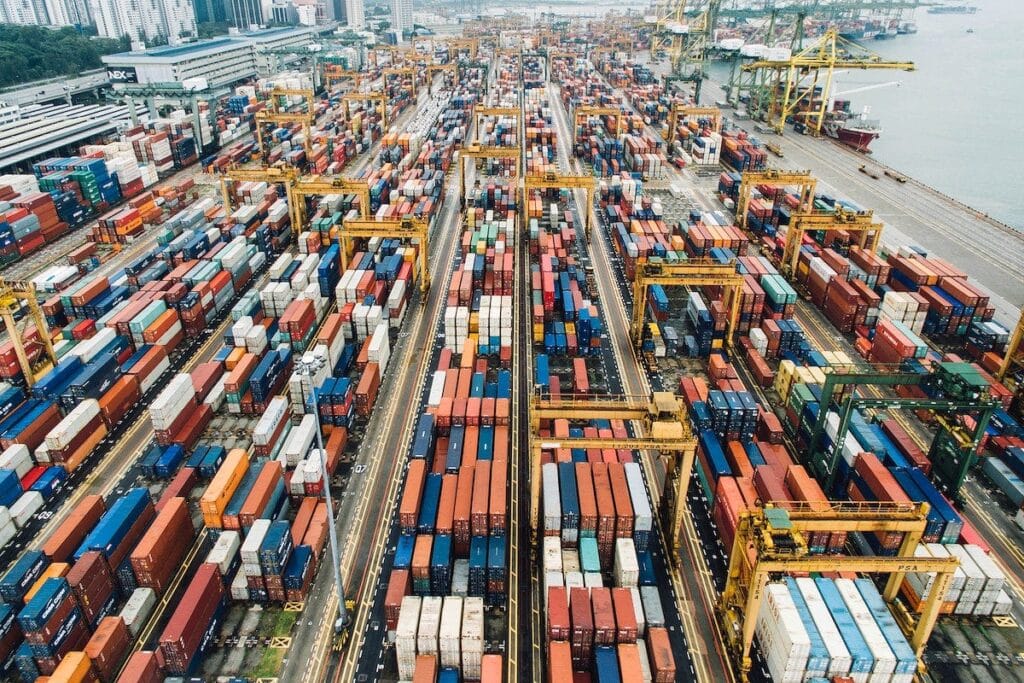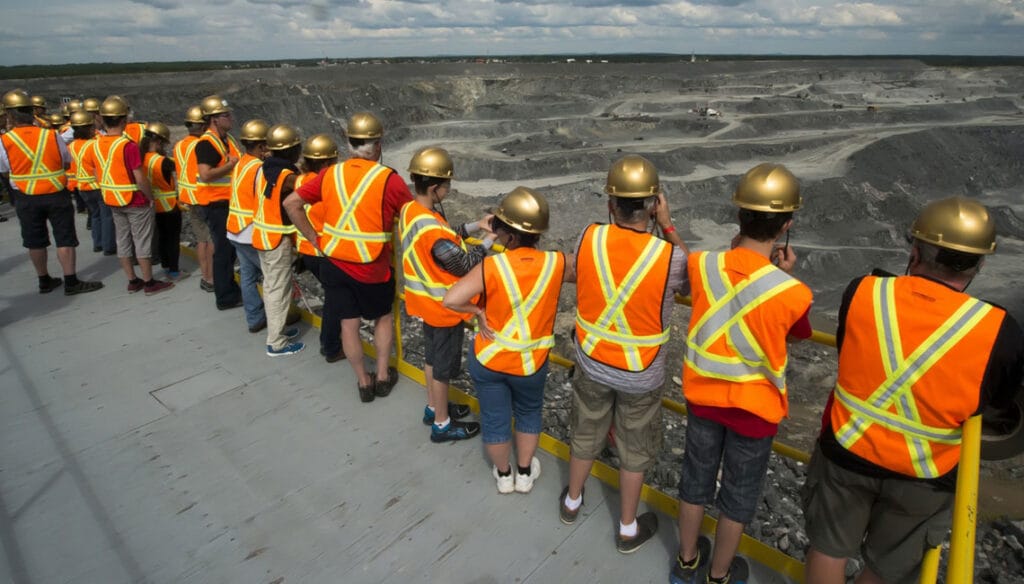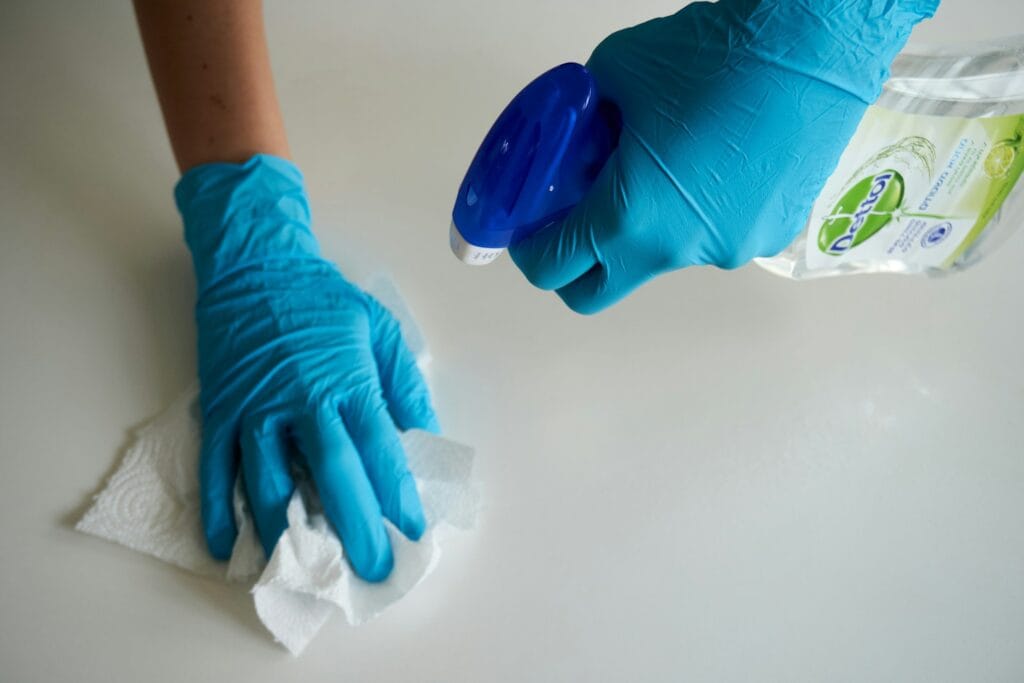
The first time I stepped onto a construction site in Oman, the ground felt like a baking tray. The heat radiating from the sand and concrete could have cooked an egg. Workers’ boots weren’t just for protection—they were shields against extreme heat, abrasive sand, and unexpected hazards like scorpions (yes, really).
In desert environments across the Middle East, North Africa, and parts of Central Asia, safety footwear faces unique challenges. Buyers who supply these regions need to look beyond the standard EN ISO 20345 label and think about temperature resistance, sand protection, and long-term comfort.
This guide will break down the key features of desert-ready safety boots, mistakes to avoid, and practical tips for stocking the right models.
Google Snippet: Quick Answer
Desert work safety footwear should meet EN ISO 20345 or ASTM F2413 standards, feature heat-resistant outsoles (up to 300°C), sand-proof stitching, breathable yet durable uppers, and either steel or composite toes. Composite toes are preferred for heat comfort, while full-grain leather or microfiber resists cracking in arid conditions.
Key Features for Desert-Adapted Safety Boots
1. Heat-Resistant Outsoles
- Why it matters: Desert ground temperatures can exceed 60°C.
- Example: Nitrile rubber soles rated for 300°C contact heat resistance.
- Buyer Tip: Ask for outsole test reports—cheap PU soles can melt or deform.
2. Sand-Proof Stitching & Seals
- Why it matters: Fine sand can infiltrate stitching, causing premature wear.
- Example: Triple-stitched seams with hidden stitching under protective overlays.
- Buyer Tip: Look for sealed tongue designs to prevent sand entry.
3. Toe Cap Material Choice
- Steel toe: Strong and durable, but can heat up quickly in direct sun.
- Composite toe: Lighter, non-conductive, and more heat-comfortable.
- Buyer Tip: Offer both options—steel for heavy industry, composite for general construction.
4. Upper Material Durability
- Full-grain leather: High durability, resists cracking in dry climates if conditioned.
- Microfiber leather: Lighter, water-resistant, and lower maintenance.
- Buyer Tip: Avoid split leather—it dries out and cracks quickly.
5. Comfort & Breathability
- Why it matters: Workers often wear boots for 10+ hours in high heat.
- Example: Moisture-wicking linings with antimicrobial treatment.
- Buyer Tip: Removable insoles help with odor control and allow for easy replacement.
Desert Safety Boot Comparison Table
| Feature | Economy Model | Premium Model |
|---|---|---|
| Outsole | PU dual density | Nitrile rubber heat-resistant |
| Toe Cap | Steel | Composite |
| Upper Material | Split leather | Full-grain or microfiber leather |
| Heat Resistance | 100°C | 300°C |
| Sand Protection | Basic stitching | Sealed tongue + hidden stitching |
| FOB Price Range | $12–$16 | $18–$28 |
Real-World Buyer Cases
Case #1 – Saudi Construction Supplier
Switched to composite-toe nitrile sole boots for summer tenders. Workers reported better comfort, leading to higher compliance with safety footwear rules.Case #2 – UAE Oilfield Distributor
Stocked full-grain leather boots with sealed stitching for desert pipelines. Reduced replacement rate by 40% over 12 months.Case #3 – Algerian Mining Agent
Introduced microfiber leather boots for mixed indoor/outdoor work. Sales jumped due to lighter weight and reduced heat buildup.
Buyer FAQ
Q1: Are composite toes as strong as steel toes?
A: Yes—when certified to EN ISO 20345 or ASTM standards, both meet the same impact and compression requirements.
Q2: How long do desert-adapted boots last?
A: With proper care, 9–12 months in heavy use; longer in lighter applications.
Q3: Should I stock insulated boots for desert markets?
A: Generally no—ventilation and breathability are more important.
Procurement Checklist
- [ ] Verify EN ISO 20345 or ASTM F2413 certification
- [ ] Check outsole heat resistance ratings
- [ ] Offer both steel and composite toe versions
- [ ] Choose upper materials suited to arid conditions
- [ ] Ensure sealed stitching to block sand entry
Conclusion
In desert environments, the right safety footwear can mean the difference between a productive shift and a dangerous one. By focusing on heat resistance, sand protection, and comfort, you’ll not only meet compliance but also win loyalty from workers and contractors alike.
📩 Need desert-adapted safety boot sourcing advice?
Email: [email protected]
🌐 www.workwearsolutions.net
Zion Zhang
Recent Posts
 Government & Corporate Contracts: Winning Large PPE & Workwear Deals2025年10月14日Government & Corporate Contracts: Winning Large PPE […]
Government & Corporate Contracts: Winning Large PPE & Workwear Deals2025年10月14日Government & Corporate Contracts: Winning Large PPE […] Marketing Tactics: How to Promote Workwear in Africa, Middle East & Latin America2025年10月12日Marketing Tactics: How to Promote Workwear in Africa, […]
Marketing Tactics: How to Promote Workwear in Africa, Middle East & Latin America2025年10月12日Marketing Tactics: How to Promote Workwear in Africa, […] Branding Strategies for Workwear: Competing Beyond Price2025年10月12日In many emerging markets — from Africa to Latin America to […]
Branding Strategies for Workwear: Competing Beyond Price2025年10月12日In many emerging markets — from Africa to Latin America to […] How to Build a Local Distribution Network That Works2025年10月10日In emerging markets across Africa, the Middle East, Central […]
How to Build a Local Distribution Network That Works2025年10月10日In emerging markets across Africa, the Middle East, Central […] Choosing the Right Sales Channels for Workwear in Emerging Markets2025年10月10日In fast-growing markets across Africa, the Middle East, […]
Choosing the Right Sales Channels for Workwear in Emerging Markets2025年10月10日In fast-growing markets across Africa, the Middle East, […] Building Long-Term Supplier Relationships: From First Order to Partnership2025年10月10日In the world of global workwear trade, many new importers […]
Building Long-Term Supplier Relationships: From First Order to Partnership2025年10月10日In the world of global workwear trade, many new importers […]
CONTACT US
- Feel free to contact us any time. We will get back to you as soon as we can!
- +86-17330061805
